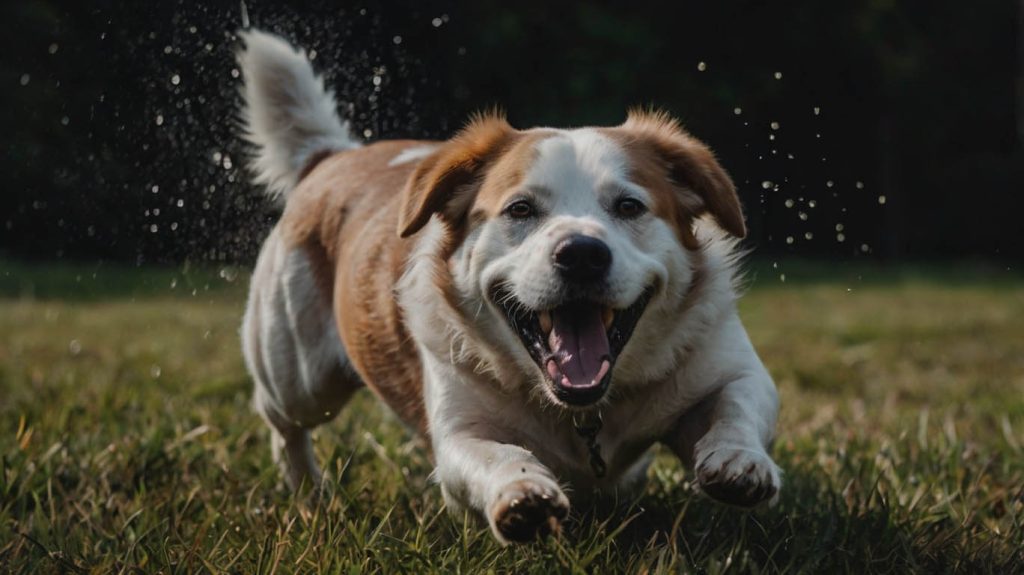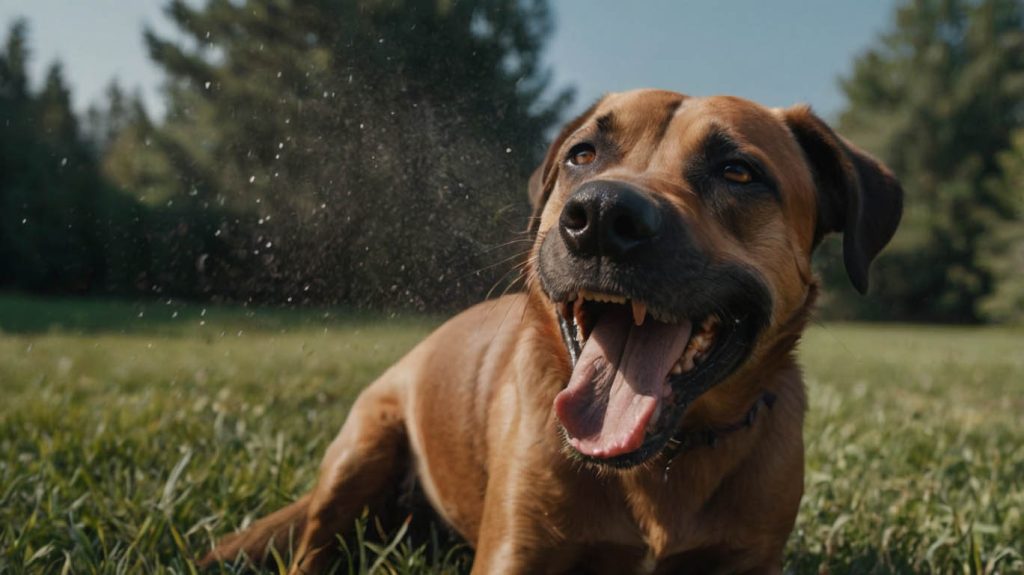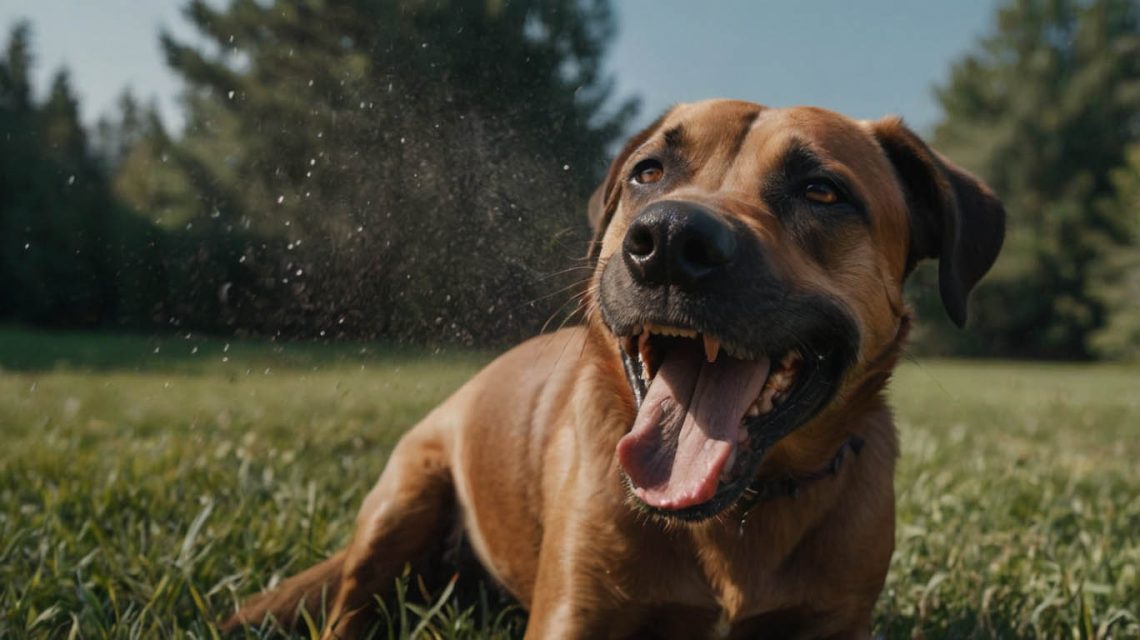How to Calm a Hyperactive Dog: The Ultimate Guide to a Peaceful Pooch
Living with a dog who seems to be powered by a perpetual motion machine can be both exhausting and overwhelming. You love their zest for life, but the constant bouncing, barking, and inability to settle can strain your patience and your bond. If you’re constantly searching for how to calm a hyperactive dog, you are not alone. This is a common challenge, but it’s one with a solution. The key is to understand that hyperactivity is often a symptom of an unmet need, not a sign of a “bad” dog.
This guide provides a complete storyline for transforming chaos into calm. First, we will uncover the real reasons behind your dog’s boundless energy. Then, we will build a comprehensive, step-by-step plan that combines physical exercise, mental stimulation, and targeted training. Consequently, you will gain the tools and confidence needed to guide your dog toward a more relaxed and balanced state of mind.
First, Understand Why Your Dog is Hyperactive
Before you can treat the symptom, you must understand the cause. Hyperactivity in dogs is rarely random; it’s a signal. Therefore, your first step in learning how to calm a hyperactive dog is to play detective.
- Breed and Genetics: Many breeds, particularly those from working or herding groups (like Border Collies, Australian Shepherds, and Jack Russell Terriers), were bred for stamina and high-energy jobs. Their DNA is screaming for a task to perform.
- Age: Puppies and adolescent dogs are naturally more energetic. They are exploring the world and have not yet learned how to regulate their own excitement.
- Lack of Sufficient Stimulation: This is the most common culprit. A dog who is bored physically and mentally will find their own, often destructive or frantic, ways to release pent-up energy.
- Underlying Medical Conditions: In some cases, hyperactivity can be linked to medical issues, such as hyperthyroidism (though rare in dogs) or nutritional imbalances. It is always wise to rule this out with a professional.

Physical Exercise: The Foundation of How to Calm a Hyperactive Dog
You cannot calm a dog who has a surplus of physical energy. It’s like trying to put a lid on a boiling pot. Providing a sufficient outlet for this energy is the non-negotiable first step.
Go Beyond the Basic Walk
A leisurely 15-minute stroll around the block is a potty break, not an exercise session for a high-energy dog. You need to focus on quality, structured exercise.
- Structured Walks: This means your dog walks politely on a leash without excessive pulling. This engages their mind as well as their body. Incorporate short training drills like “sit” and “stay” at street corners.
- High-Intensity Play: Activities like fetch with a ball or frisbee, flirt pole sessions, or running in a securely fenced area allow your dog to truly open up their stride and burn off steam.
- Explore with a Long Line: Using a 30-foot long line in a safe, open area gives your dog the freedom to sniff and explore, which is incredibly enriching and mentally tiring.
Mental Stimulation: The Secret Weapon for How to Calm a Hyperactive Dog
A tired body is good, but a tired mind is even better. Mental exercise can be just as, if not more, exhausting than physical exercise. Many owners miss this crucial piece of the puzzle. In fact, providing mental enrichment is a game-changer for a hyper dog.
Make Mealtime a “Work” Time
Instead of feeding your dog from a bowl, which takes about 30 seconds, make them work for their food.
- Puzzle Toys and Food Dispensers: Toys like the KONG Wobbler or snuffle mats require your dog to use their brain and nose to figure out how to get their kibble. This can turn a 30-second meal into a 20-minute problem-solving session.
- Nose Work Games: Tapping into your dog’s most powerful sense—their nose—is incredibly draining. Start by hiding high-value treats around a room and encouraging them with a command like “Find it!” As the American Kennel Club (AKC) explains, scent work is a fantastic sport for all dogs.
Teach New Skills and Tricks
A short, 10-15 minute training session is a powerful dose of mental exercise. The focus required to learn a new command like “place,” “shake,” or “roll over” is mentally taxing and strengthens your bond. If you’re looking for ideas, explore our internal guide on [5 Fun and Easy Tricks to Teach Your Dog].

Training Calmness: Actively Teaching How to Calm a Hyperactive Dog
Dogs don’t automatically know how to be calm; it’s a skill that we must teach and reward. This is perhaps the most direct approach for how to calm a hyperactive dog inside the home.
Capturing Calmness
This technique, championed by trainers like Dr. Karen Overall, is simple yet profound. The goal is to “capture” and reward calm behavior whenever it happens naturally.
- How it Works: Keep small, high-value treats in your pocket. When you see your dog lying down and resting on their own, calmly walk over, drop a treat between their paws, and walk away without a fuss. Your dog will quickly learn that being calm earns rewards.
- Consistency is Key: The more you reward stillness, the more your dog will offer it.
The “Place” Command: Creating a Relaxation Station
Teaching your dog a “place” or “go to your mat” command gives them a designated spot to go to and relax. This is an invaluable tool for managing excitement when guests arrive or during family meal times. The goal is for the mat to become a zen zone.
Lifestyle and Environment: Supporting a Calm State of Mind
Your dog’s daily routine and environment play a significant role in their behavior.
- Diet and Nutrition: Discuss your dog’s diet with your veterinarian. Some experts believe that diets high in certain proteins or low-quality fillers can contribute to hyperactivity.
- A Predictable Routine: Dogs thrive on routine. A predictable schedule for feeding, walks, and playtime can help reduce anxiety, which often manifests as hyperactive behavior.
- Veterinary-Approved Calming Aids: For some dogs, especially those with underlying anxiety, calming supplements containing ingredients like L-theanine or tryptophan may be helpful. However, you must consult your veterinarian before giving your dog any new supplement or medication. Reputable sources like VCA Animal Hospitals can provide more medical context.
Conclusion: Your Journey to a Calmer Companion
Learning how to calm a hyperactive dog is a journey, not an overnight fix. It requires patience, consistency, and a commitment to meeting your dog’s needs on every level. By providing a balanced blend of vigorous physical exercise, challenging mental enrichment, and clear training that rewards calm behavior, you are not “fixing” your dog. Instead, you are giving them the tools they need to find their own “off” switch, leading to a more peaceful home and a deeper, more rewarding relationship for you both.


